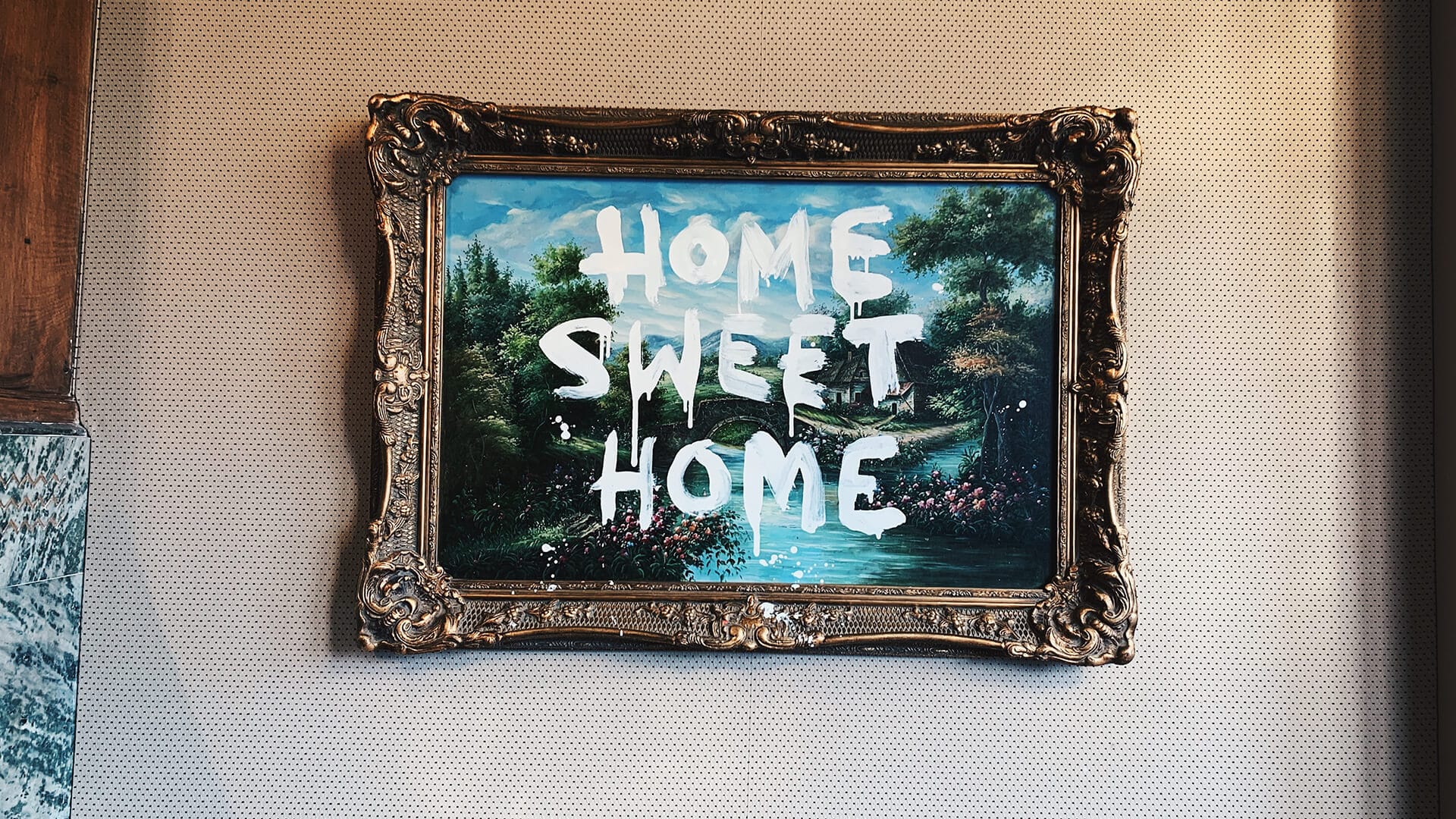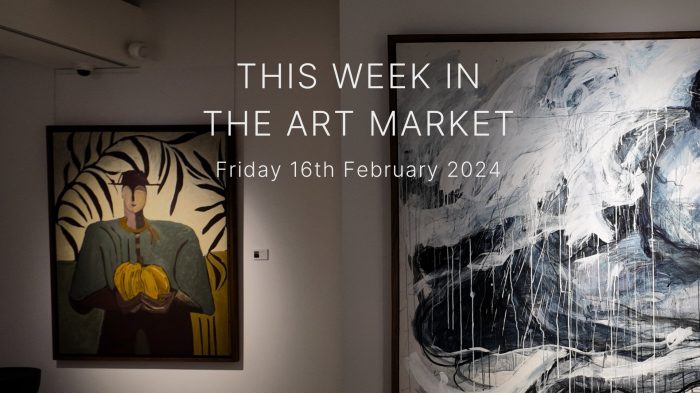From humble beginnings with graffiti on the sides of buildings in the 1990’s, Banksy was very active on the Bristol graffiti scene, running with a ‘crew’ known as the DryBreadZ crew (or DBZ). Soon after, he began to partner with Inkie, another notable graffiti street artist from the region.
At the ripe old age of 18, Banksy started to develop stencils after nearly being caught vandalizing public spaces by police. “Banksy was stuck hiding beneath a garbage truck. It was at this time that Banksy saw stencil letters on the truck. Looking for a faster way to paint, Banksy decided stencilling would be his new graffiti style”.
How has Banksy influenced others?
From here, as they say, the rest is history. Banksy’s works provoke extensive debate on salient and relevant issues such as war, refugees, social media and politics. His works inspire viewers and breathe life into the streets, giving new meaning to graffiti and street art.
Rather than simply tagging, Banksy’s unique stencilling style puts art on the walls of art galleries, just as it does the side of a building – always in secret, always with impact.
His works are politically nuanced, meant to incite debate and thought – and he has achieved just that. Arguably the most controversial street artist in the world, Banksy works are provocative and awakening. Viewers are left questioning the messages and ideals not only behind his work but also within his work, as the contentions are often multi-layered.
The Smithsonian Magazine describes Banksy as the artist that “melds street-fighting passion and pacifist ardour in his of a protestor whose Molotov cocktail morphs into a bouquet.”
Understanding the ‘Banksy effect’
In 2006, journalist Max Foster coined the phrase, “the Banksy effect,” to illustrate how interest in other street artists was riding on the back of Banksy’s success. Because of Banksy’s ubiquity, anonymity, and creativity, he has gained recognition and validation from the public as well as cultural and governmental institutions. [4]
Banksy has most certainly changed the world for the better, beyond the scope of art. From bringing pop-culture art to the forefront like Andy Warhol before him, while maintaining anonymity, he has remained loyal to his roots of ‘graffiti crew’ life, without ‘selling out’.
It must be noted, that in many more autocratic societies, the art of Banksy and those like him would be banned, outlawed and the artists would most certainly be persecuted and prosecuted. Until the trailblazing of Banksy for that matter, much of the graffiti art adorning the walls of city streets was indeed created under the same threat.
Banksy – the modern artist with a flair for street art that appeals to the masses
Today, however, people travel around the globe to Bristol, England (the home of Banksy), to Melbourne Australia, Berlin Germany to Buenos Aires to visit, view and admire this his work – they have become icons of the places they are in.
How did Banksy impact the world? It a nutshell he ‘normalised’ street art, bringing it from the walls of the slums, into onto the walls of Sotheby’s, opening the doors for generations of expressionist street artists to walk on through.








